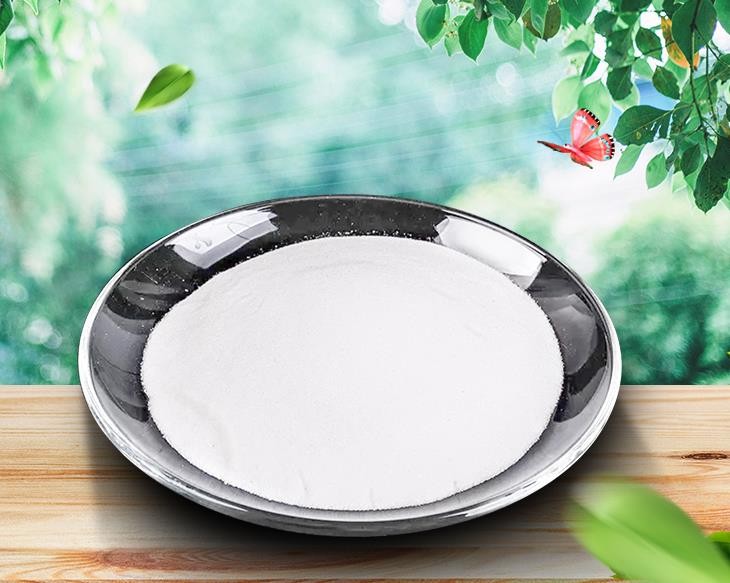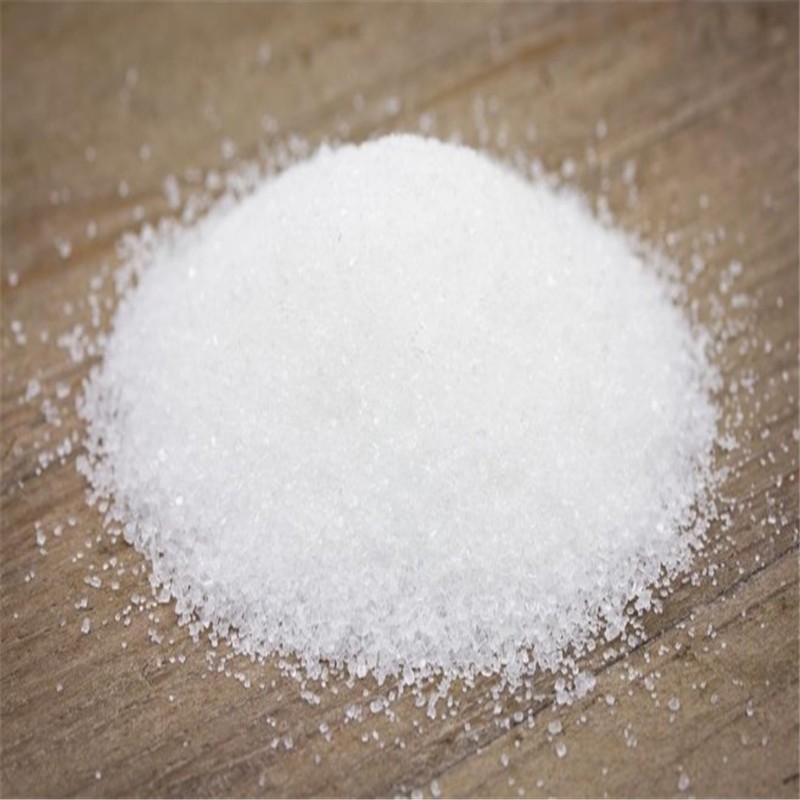Have you ever seen the magic "Vanishing Water"? The magician poured water into the cup, and then put the bottom of the cup up. The water in the cup won't flow down. So what makes the water disappear? Today, let's take a look at the key of this magic - super absorbent polymer.
Where is the water in the magic cup? It turns out that there is a kind of powder in the cup, which is called super absorbent polymer. It is a new type of functional polymer material, which can absorb water hundreds or even thousands of times heavier than itself. When it absorbs water and expands, it will solidify with water and become a kind of hydrogel, which has super water locking ability, so the water will not flow out and will not leak even if it is pressed hard.
Paper towels, towels and sponges are materials used to absorb water in daily life. They can absorb about 20 times their own weight of water. Their water retention is not strong, and water will leak out if they squeeze hard. They are not worth mentioning in front of SAP. Similar to paper, cotton, sponge and other materials, its water absorption ability is mainly achieved through the strong hydrogen bond between hydrophilic genes such as carboxyl and hydroxyl groups and water molecules. The difference is that the hydrophilic gene content of the latter is much higher than that of the former, and the molecular chain grid structure can be highly swollen, further binding the water molecules, so as to obtain super water absorption performance.

What is the relationship between super absorbent polymer and potatoes? In fact, the starch rich in potatoes can be its source. Starch is generally insoluble in water, but after heating in water, the weak hydrogen bond in the crystallization zone is destroyed, the crystallization zone disappears, hydration and expansion begin, and the viscosity increases. This phenomenon is called gelatinization.
Corn starch and wheat starch are mainly used to make it. Potato, sweet potato and rice starch can also be used as raw materials. According to the needs of human life, the continuous development of science and technology, and the continuous improvement of the preparation method of super absorbent resin starch, has now become a relatively mature and convenient technology. Not only starch, cellulose, chitosan and other natural polymers are good sources.
Synthetic polymers are also an important source, such as polyacrylic acid (PAA), polyacrylamide (PAM) and polyvinyl alcohol (PVA). Polyacrylic acid and sodium polyacrylate are the most widely used water retaining agents, with excellent water absorption and water retention. Polyvinyl alcohol (PVA) has water absorption similar to polyacrylic acid, and can be degraded with the help of bacterial enzymes, which greatly improves its application value.
Generally speaking, natural resins such as cellulose, starch and chitosan have advantages in degradation and biocompatibility, which can avoid environmental pollution. However, their extraction and modification processes are complex, and the production cost is higher than that of some synthetic polymers. Compared with natural polymers, synthetic resins usually have the advantages of low cost, long service life and high water absorption, but they are difficult to degrade and easy to cause environmental pollution. Therefore, scientists continue to explore and try to combine the advantages of natural polymers and synthetic polymers to obtain better application prospects.

Based on its unique characteristics of strong water absorption and high water retention, super absorbent polymer is widely used in many fields. In daily life and hygiene products, baby diapers and women's hygiene products are the most common. Knowing the relevant knowledge of SAP will help people better understand and use this material.
Comment(0)
You can comment after
SIGN IN